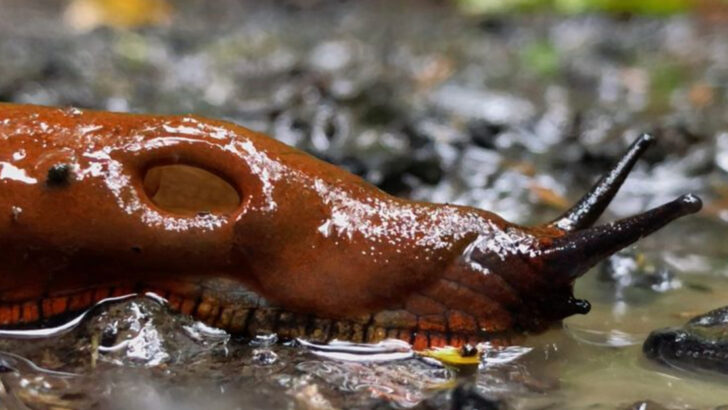No lungs? No problem. These animals pull off what seems impossible—breathing without the very organs most creatures depend on to stay alive. No gasping, no wheezing, just smooth, silent survival through skin, gills, and even their backsides. Yes, backsides. Some of them ooze through mud, others glide through oceans, and a few live their whole lives without ever taking what we’d call a proper breath. It’s weird. It’s wild. And it works. From frogs that breathe through their skin to fish that gulp air in ways that defy biology, here are 21 animals proving that nature doesn’t follow our rules—it writes its own.
Earthworm
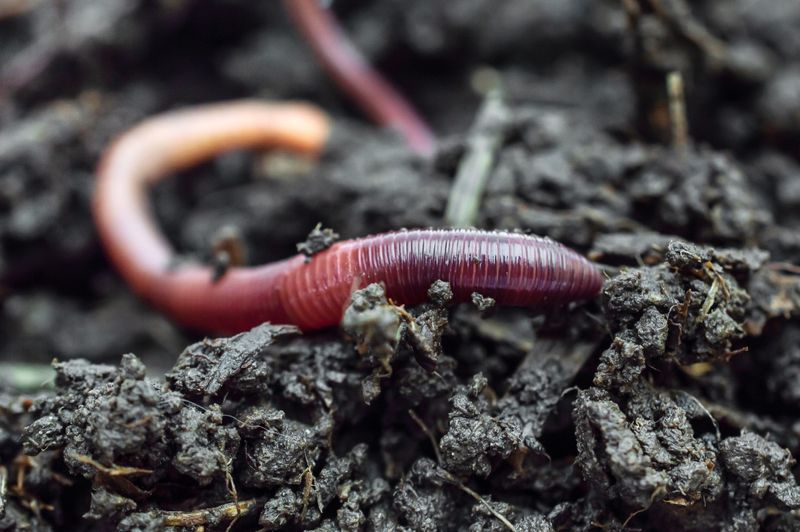
Earthworms are fascinating creatures that lack lungs entirely. Instead, they breathe through their skin, a process known as cutaneous respiration. This method relies on the earthworm’s moist skin to facilitate gas exchange directly with the environment. In the damp soil where they live, oxygen dissolves in particles of moisture and diffuses through the skin. Earthworms play a crucial role in the ecosystem as decomposers, breaking down organic matter. Their ability to thrive without lungs showcases nature’s ingenuity. Despite their seemingly simple structure, earthworms are vital for maintaining soil health and fertility.
Sea Star
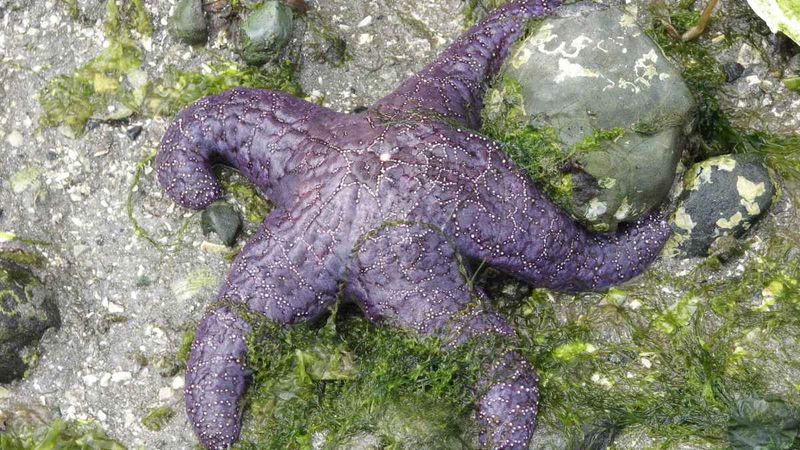
Sea stars, or starfish, are marine invertebrates that breathe without lungs. Instead, they use tiny tube feet and papulae to exchange gases with the surrounding water. These structures are part of their water vascular system, essential for locomotion and respiration. The tube feet are located on the underside of the sea star, while the papulae are small projections on the body surface. This unique method allows them to extract oxygen directly from seawater. Sea stars are ecologically significant, often influencing marine ecosystem dynamics. Their lungless breathing is a testament to their adaptability.
Jellyfish
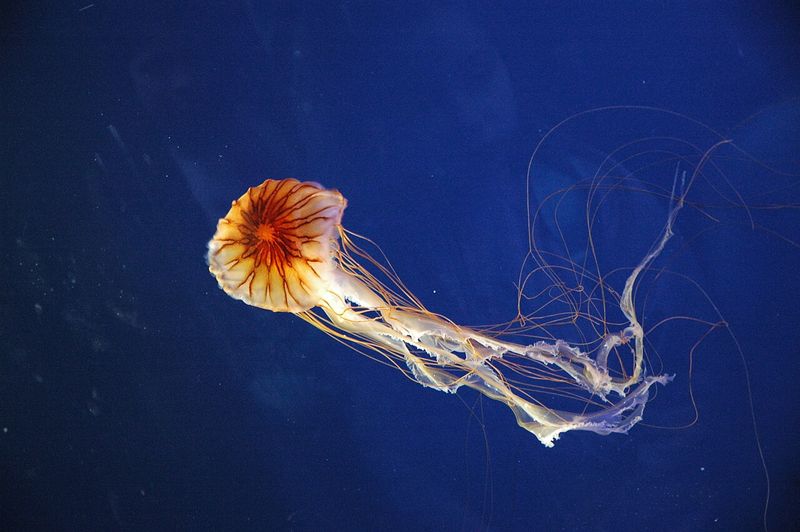
Jellyfish are mesmerizing creatures known for their gelatinous bodies and flowing tentacles. They lack lungs and instead rely on diffusion to breathe. Oxygen is absorbed directly through their thin, permeable skin as they float gracefully in the water. This simple but effective method supports their survival in various marine environments. Jellyfish have been around for millions of years and are key players in ocean ecosystems. Their lungless breathing, combined with a primitive nervous system, allows them to thrive in diverse conditions. Their ethereal beauty belies the simplicity of their respiratory system.
Flatworm
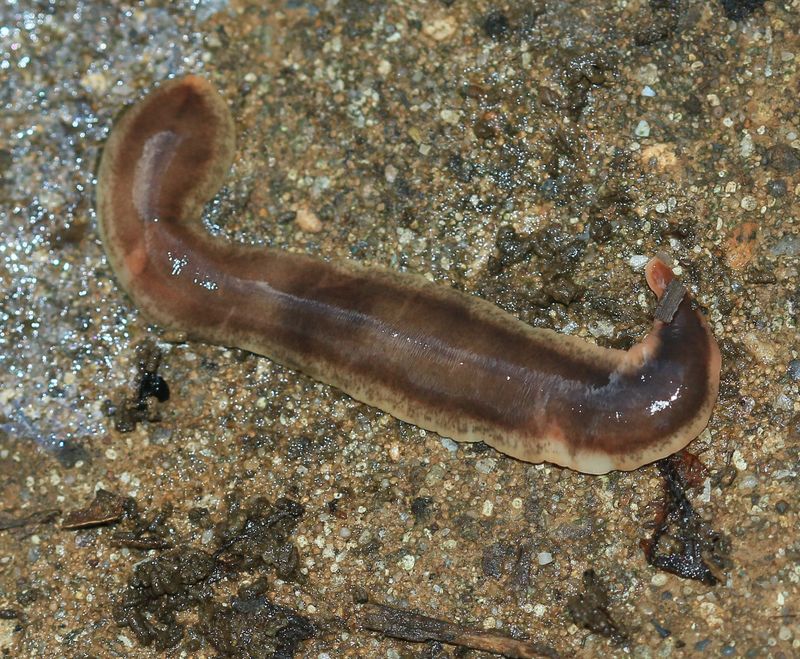
Flatworms are intriguing creatures that breathe without lungs, relying on their flat bodies for gas exchange. They absorb oxygen directly through their skin, benefiting from a large surface area relative to volume. This diffusion-based respiration is efficient in their aquatic habitats. Flatworms are known for their regenerative abilities, capable of regenerating lost body parts. Their simple body plan and lungless breathing highlight evolutionary adaptations for survival. Found in both marine and freshwater environments, flatworms play an essential role in controlling microbial populations. Their minimalist design is a marvel of evolutionary strategy.
Axolotl
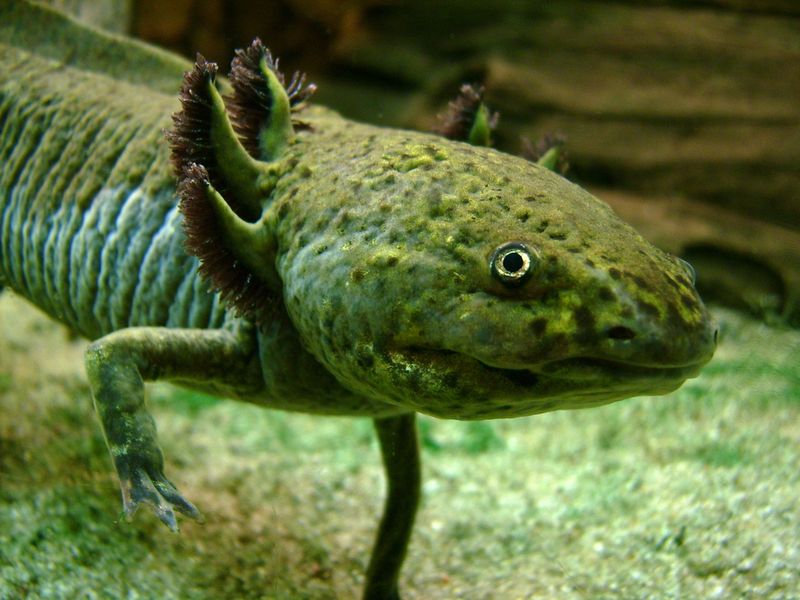
The axolotl is a unique amphibian that breathes through external gills, not lungs. Known for their larval features, these creatures retain juvenile characteristics into adulthood, a phenomenon called neoteny. The feathery gills, located on either side of their heads, allow them to extract oxygen directly from water. Axolotls are native to the lakes of Mexico and are famous for their regenerative abilities, including regrowing limbs and spinal cord. Their lungless respiration and remarkable biology make them a subject of scientific interest. These “walking fish” are an emblem of adaptation and mystery.
Lungless Salamander
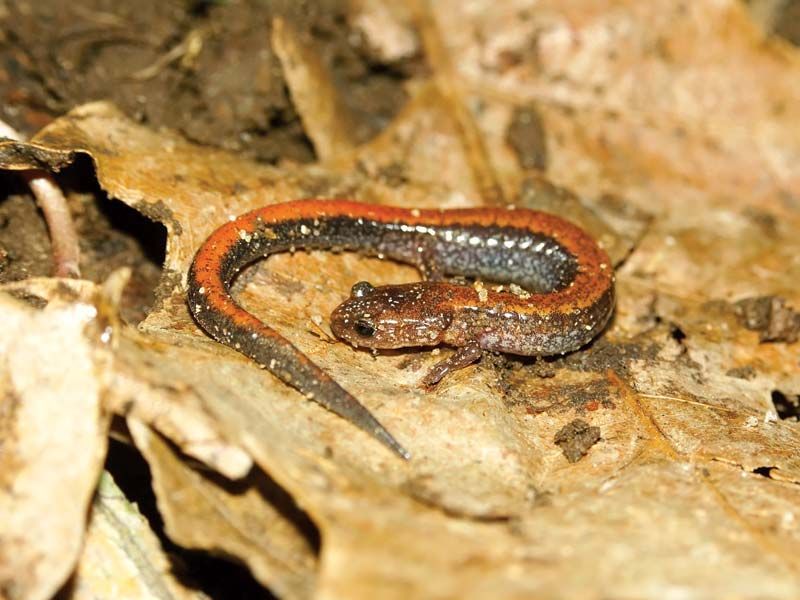
Lungless salamanders, as their name suggests, breathe without lungs. They rely entirely on cutaneous respiration, absorbing oxygen directly through their skin. Found primarily in moist, forested habitats, their skin must remain wet to facilitate this process. This adaptation allows them to occupy ecological niches where other amphibians might struggle. Lungless salamanders are incredibly diverse, with numerous species exhibiting various colors and patterns. Their reliance on skin breathing is a fascinating example of evolutionary specialization. These amphibians highlight the adaptability and resilience found in nature’s designs.
Sea Cucumber
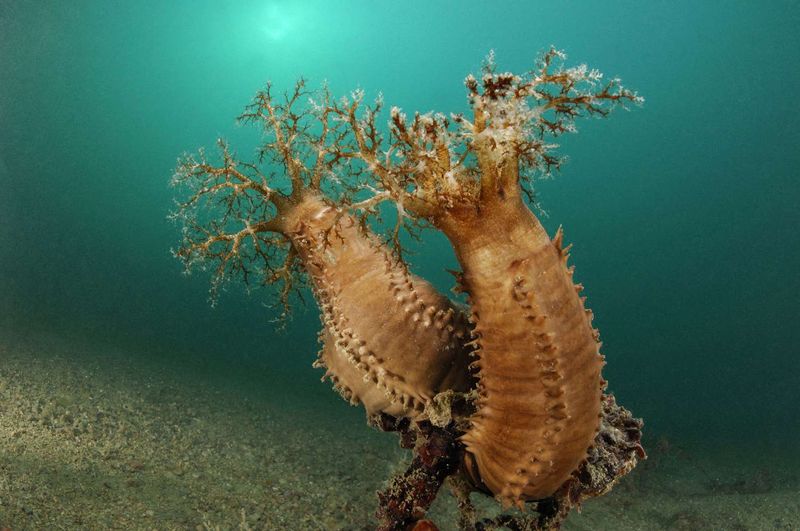
Sea cucumbers are marine animals that breathe without lungs, using a unique respiratory system known as the respiratory tree. This structure, located inside their bodies, allows them to exchange gases by drawing water in through their anus. Oxygen is extracted as the water passes through the respiratory tree. Sea cucumbers play a crucial role in recycling nutrients on the ocean floor. Their unusual method of breathing and remarkable ability to expel their internal organs as a defense mechanism make them intriguing creatures. Their lungless respiration showcases the diversity of life under the sea.
Slug
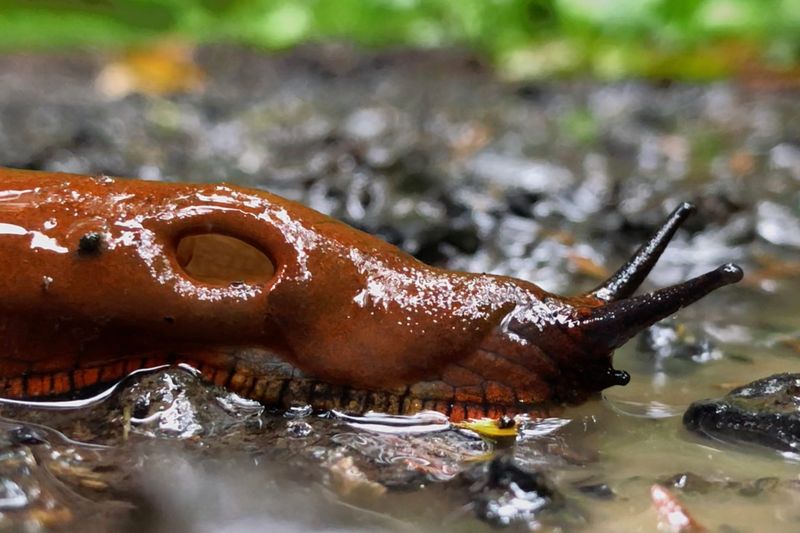
Slugs are land mollusks that breathe without lungs, utilizing a specialized structure called a pneumostome. Located on the side of their bodies, this opening leads to a cavity that functions like a lung. Air enters through the pneumostome, allowing for gas exchange. Slugs are often found in damp environments, where their moist skin aids in respiration. Their lungless breathing and slimy bodies have adapted them well to terrestrial life. Despite their unassuming appearance, slugs play a significant role in the ecosystem as decomposers. Their method of breathing is both simple and effective.
Leech
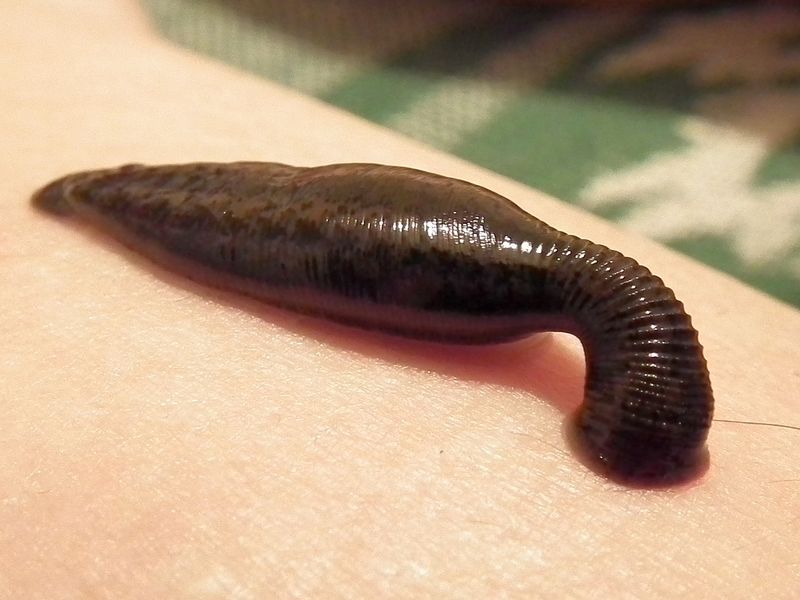
Leeches, known for their parasitic behavior, breathe without lungs using their skin. They inhabit freshwater environments, where their moist skin allows for cutaneous respiration. Oxygen dissolves in water and diffuses through their skin, supporting their survival. Despite their notoriety, leeches have medical applications, particularly in microsurgery, where their anticoagulant properties are invaluable. Their ability to breathe through their skin demonstrates an adaptation to aquatic life. Leeches’ lungless respiration and unique lifestyle offer insights into the complexity and variety of life forms. They continue to capture human curiosity and scientific interest.
Sea Anemone
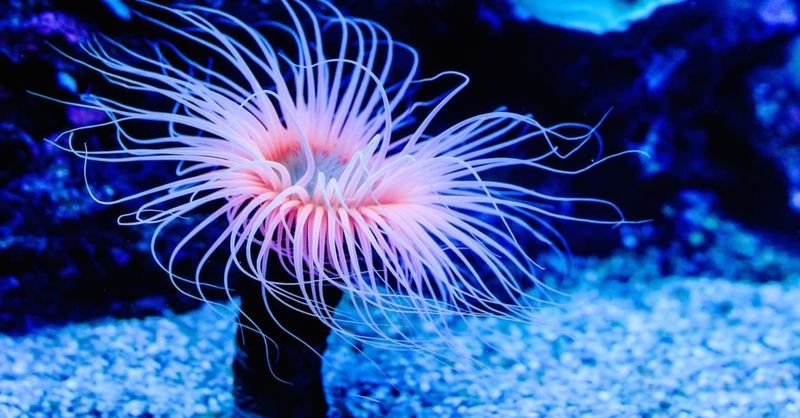
Sea anemones are fascinating marine animals that breathe without lungs. They rely on diffusion to absorb oxygen directly from the water through their thin-walled bodies. Sea anemones are closely related to corals and jellyfish, sharing a similar basic body structure. Their vibrant colors and waving tentacles make them a captivating sight on coral reefs. Sea anemones form mutualistic relationships with clownfish, offering protection in exchange for food. Their lungless respiration is an efficient adaptation to their aquatic environment. These creatures exemplify the beauty and complexity of marine ecosystems.
Planarian
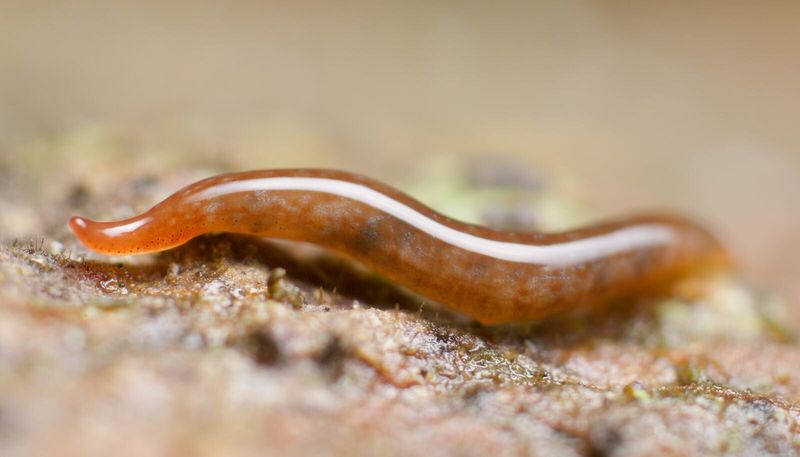
Planarians are simple flatworms that breathe without lungs, depending on diffusion through their body surface for gas exchange. Their flat shape increases surface area, facilitating efficient respiration. Found in freshwater environments, planarians are known for their remarkable regenerative abilities, capable of regenerating an entire organism from a tiny fragment. Their lungless breathing and regenerative prowess make them a favorite subject in biological research. Despite their simplicity, planarians represent a successful evolutionary strategy. Their straightforward method of respiration is a testament to the ingenuity of nature’s designs.
Sea Urchin
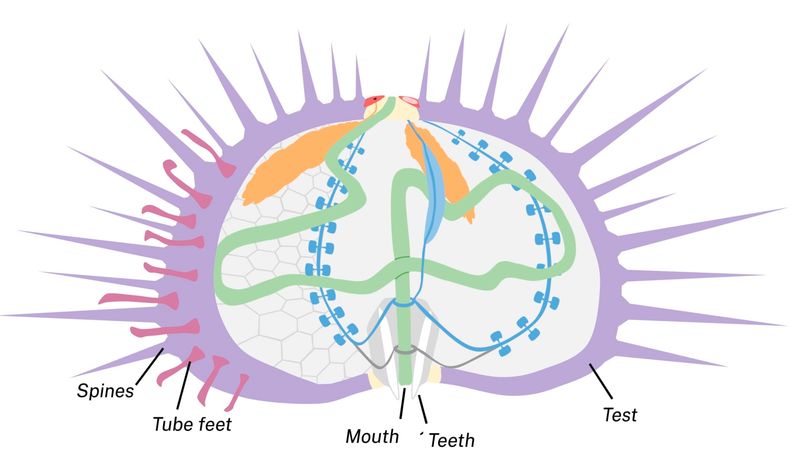
Sea urchins are echinoderms that breathe without lungs, using structures known as tube feet and gills. These tube feet, part of their water vascular system, facilitate gas exchange. Located on the underside of their bodies, they allow sea urchins to extract oxygen from seawater. Their spiny exterior provides protection from predators, while their unique breathing system supports survival in marine habitats. Sea urchins are vital contributors to ocean ecosystems, often influencing the structure of algae communities. Their lungless respiration is a reflection of their specialized and resilient nature.
Frogfish
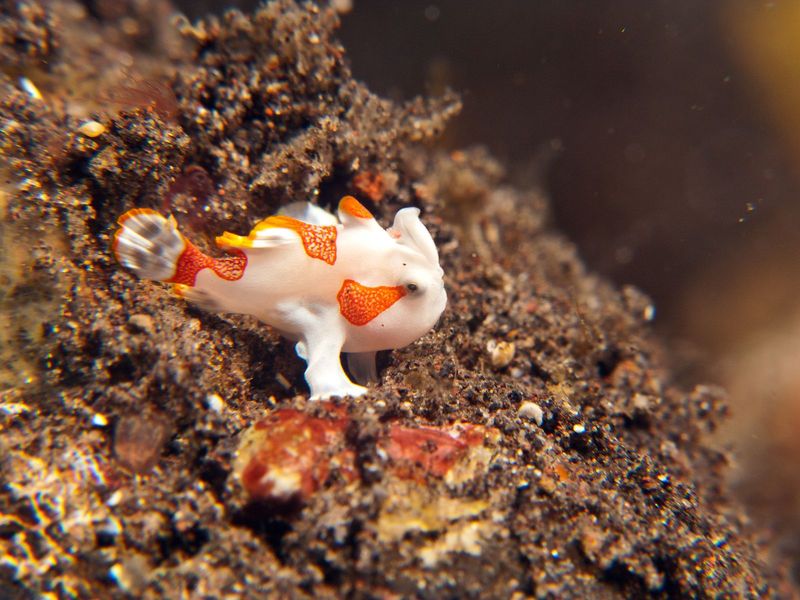
Frogfish are curious marine creatures that breathe without traditional lungs, utilizing a method called buccal pumping. This involves drawing water into their mouths and expelling it through their gills. Frogfish are masters of disguise, often blending seamlessly with their surroundings, thanks to their ability to change color and texture. Their ambush predation strategy allows them to capture prey with lightning-fast strikes. The frogfish’s lungless respiration is just one aspect of their fascinating biology. These unusual fish continue to intrigue scientists and divers alike, showcasing nature’s creativity.
Sponges
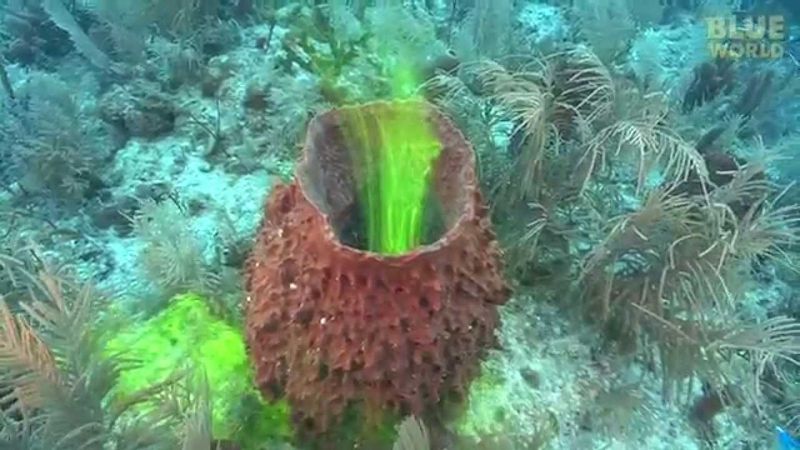
Sponges are simple aquatic animals that breathe without lungs, relying on a process called filtration. Water is drawn into their porous bodies, where cells extract oxygen and nutrients. This method of respiration allows them to thrive in a variety of marine environments. Sponges are ancient organisms, having existed for hundreds of millions of years. Despite their simplicity, they play a crucial role in filtering water and providing habitat for other marine life. Their lungless breathing is an efficient strategy for survival in the ocean. Sponges’ adaptability and longevity are remarkable.
Octopus
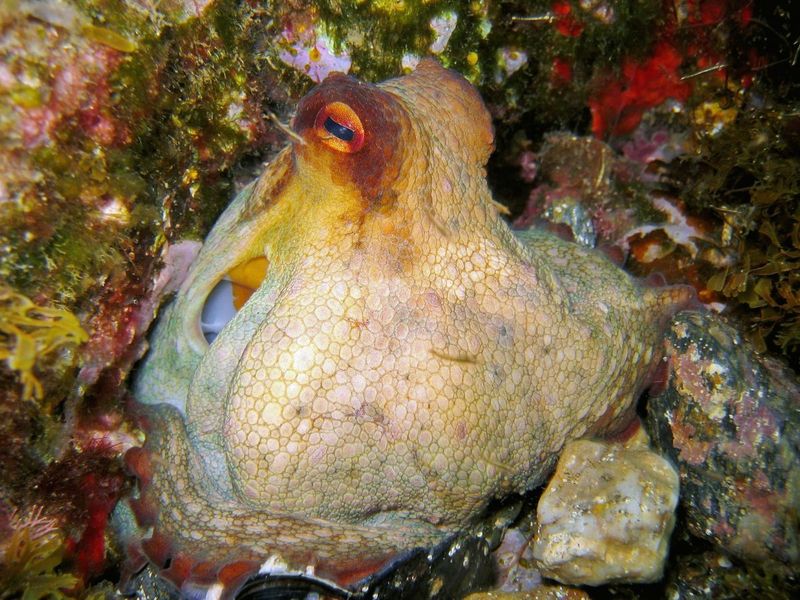
Octopuses are intelligent cephalopods that breathe without traditional lungs, using gills located inside their mantle cavity. Water is drawn into the cavity, where oxygen is extracted by the gills. Octopuses are known for their problem-solving abilities and remarkable camouflage skills. They can change color and texture to blend into their surroundings, evading predators and ambushing prey. The octopus’s lungless respiration is part of their adaptable nature, allowing them to thrive in diverse marine environments. These enigmatic creatures continue to captivate human imagination and scientific exploration.
Nudibranch
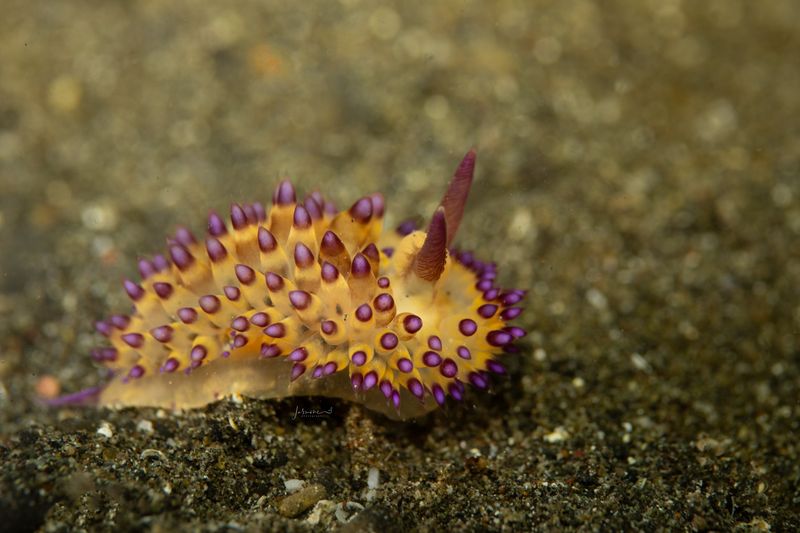
Nudibranchs are eye-catching sea slugs that breathe without lungs, using gill-like structures called cerata. These protrusions, located on their backs, facilitate gas exchange with the surrounding water. Nudibranchs are renowned for their striking colors and intricate patterns, often serving as a warning to predators about their toxicity. Their lungless breathing and vivid appearance are adaptations for survival in the ocean. Nudibranchs have a unique diet, feeding on sponges, anemones, and even other nudibranchs. Their diverse forms and colors make them a favorite subject among underwater photographers.
Sea Snake
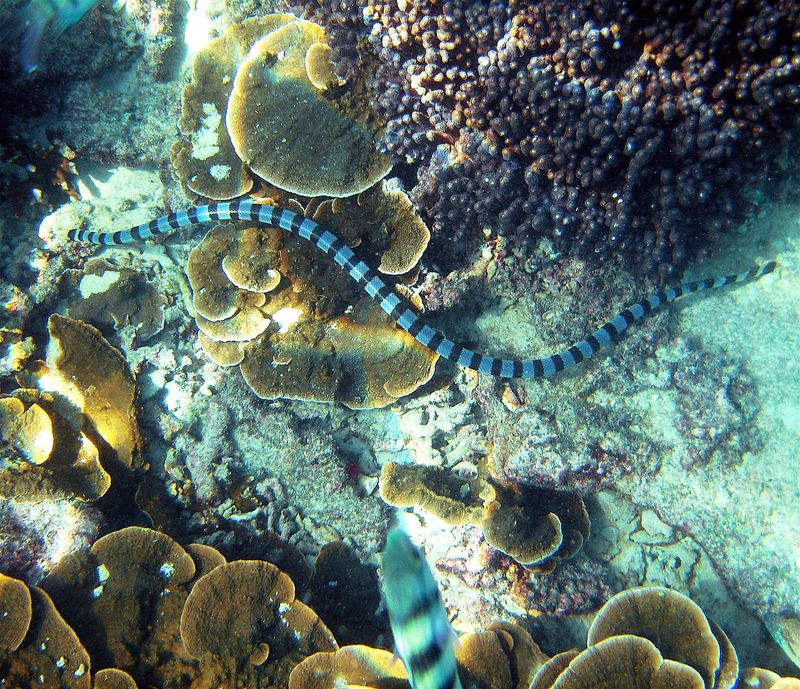
Sea snakes are fascinating reptiles that breathe without lungs, using a method called cutaneous respiration. Although they have lungs for air-breathing, they can also absorb oxygen through their skin while submerged. This adaptation allows them to remain underwater for extended periods. Sea snakes are highly venomous and primarily inhabit warm coastal waters. Their lungless breathing is a remarkable adaptation for life in the sea. Despite their fearsome reputation, sea snakes play an important role in marine ecosystems. Their unique respiratory system and behavior continue to intrigue researchers and ocean enthusiasts.
Brittle Star
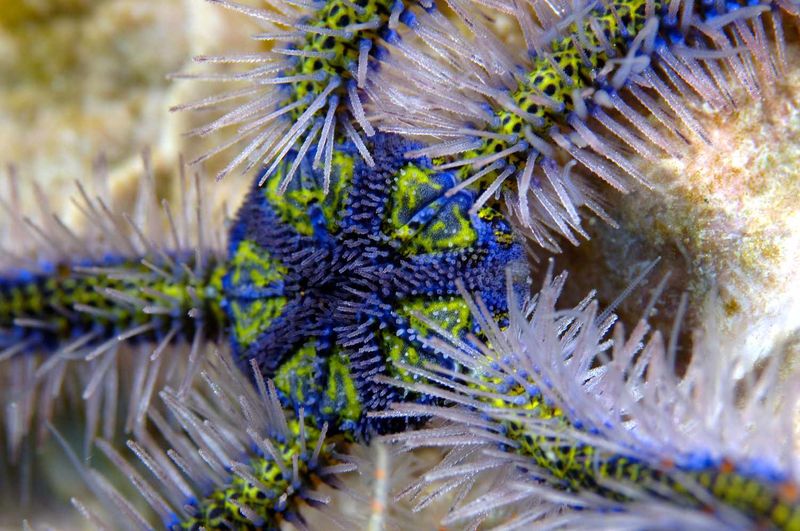
Brittle stars are echinoderms related to sea stars, breathing without lungs through bursae located on their bodies. These sacs facilitate gas exchange by allowing water to circulate through them. Brittle stars are known for their flexible, snake-like arms, which they use for locomotion and capturing food. Their lungless respiration and agile movement are adaptations to the ocean floor environment. Brittle stars are diverse, with many species exhibiting various colors and patterns. They contribute to the complexity and richness of marine ecosystems, showcasing the adaptability of life under the sea.
Lamprey
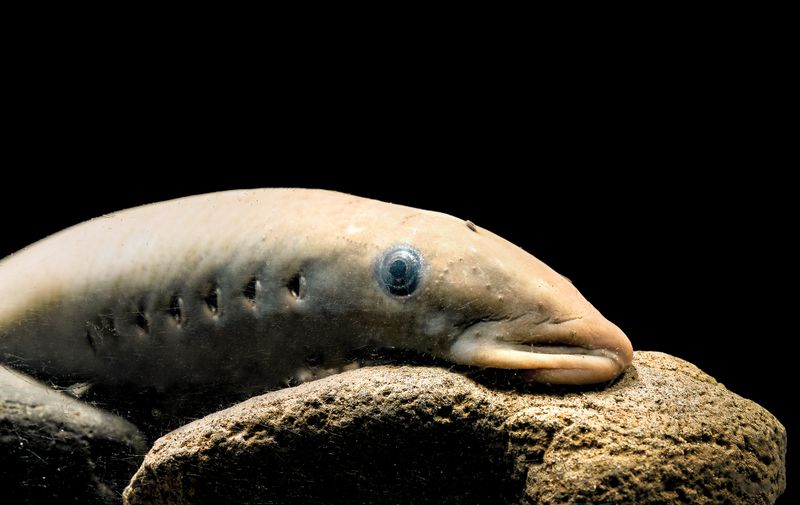
Lampreys are jawless fish that breathe without traditional lungs, utilizing gills for respiration. Water enters through their mouths and exits through gill slits, where gas exchange occurs. Lampreys are primitive vertebrates, often considered living fossils due to their ancient lineage. Known for their parasitic lifestyle, they attach to other fish and extract nutrients. Despite their unusual appearance and behavior, lampreys play a role in controlling fish populations in aquatic ecosystems. Their lungless breathing and evolutionary history offer insights into the development of vertebrate life. They continue to fascinate scientists and fish enthusiasts alike.
Sea Pen
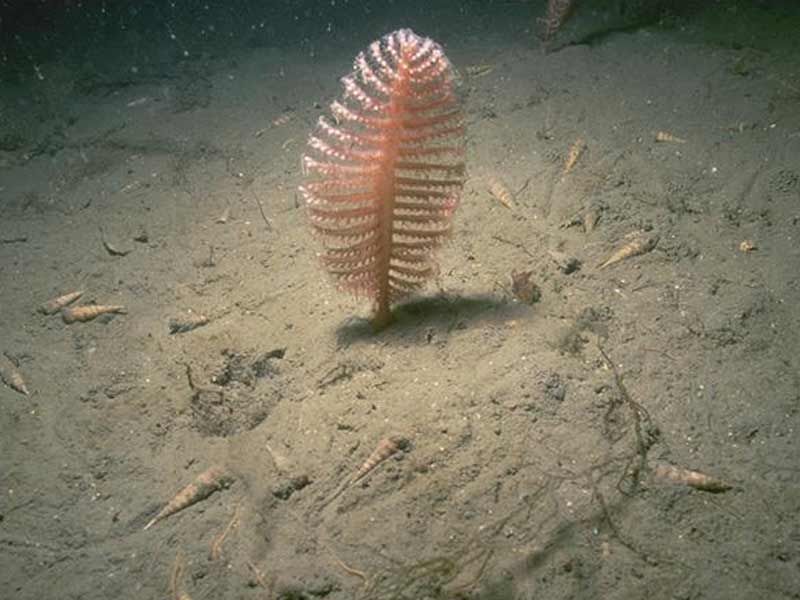
Sea pens are colonial marine animals that breathe without lungs, relying on diffusion for gas exchange. These organisms are named for their resemblance to quill pens, with feathery structures that rise from the ocean floor. Sea pens consist of multiple polyps working together, each contributing to the overall function of the colony. Their lungless respiration allows them to thrive in various marine environments, often forming large colonies. Sea pens are an intriguing example of colonial life, showcasing the diversity and interconnectedness of ocean ecosystems. Their delicate structures and unique living arrangements captivate marine biologists.
Hairy Frogfish
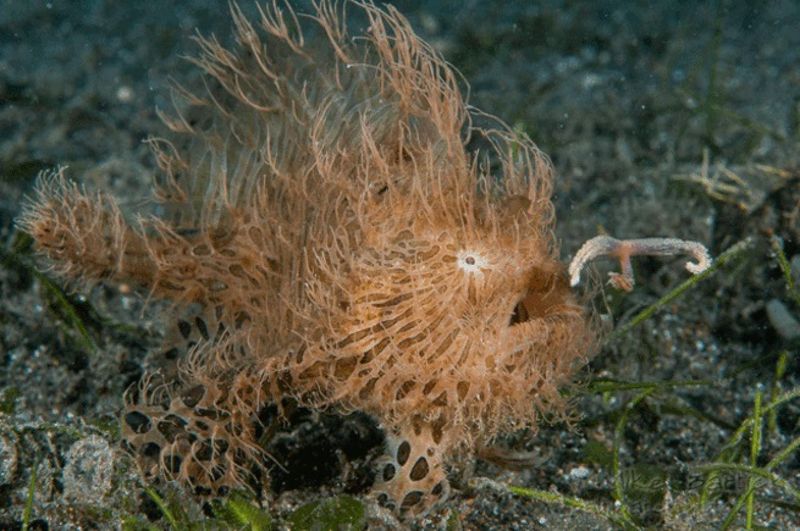
Hairy frogfish are fascinating creatures that breathe without lungs, using a method called buccal pumping. This involves drawing water into their mouths and expelling it through their gill openings. Known for their shaggy, hair-like appendages, these fish often mimic the appearance of algae or sponges. This camouflage aids in ambushing prey and avoiding predators. The hairy frogfish’s lungless respiration is part of its adaptation to life on the ocean floor. These bizarre-looking fish continue to intrigue divers and researchers, highlighting nature’s creativity and resourcefulness.

